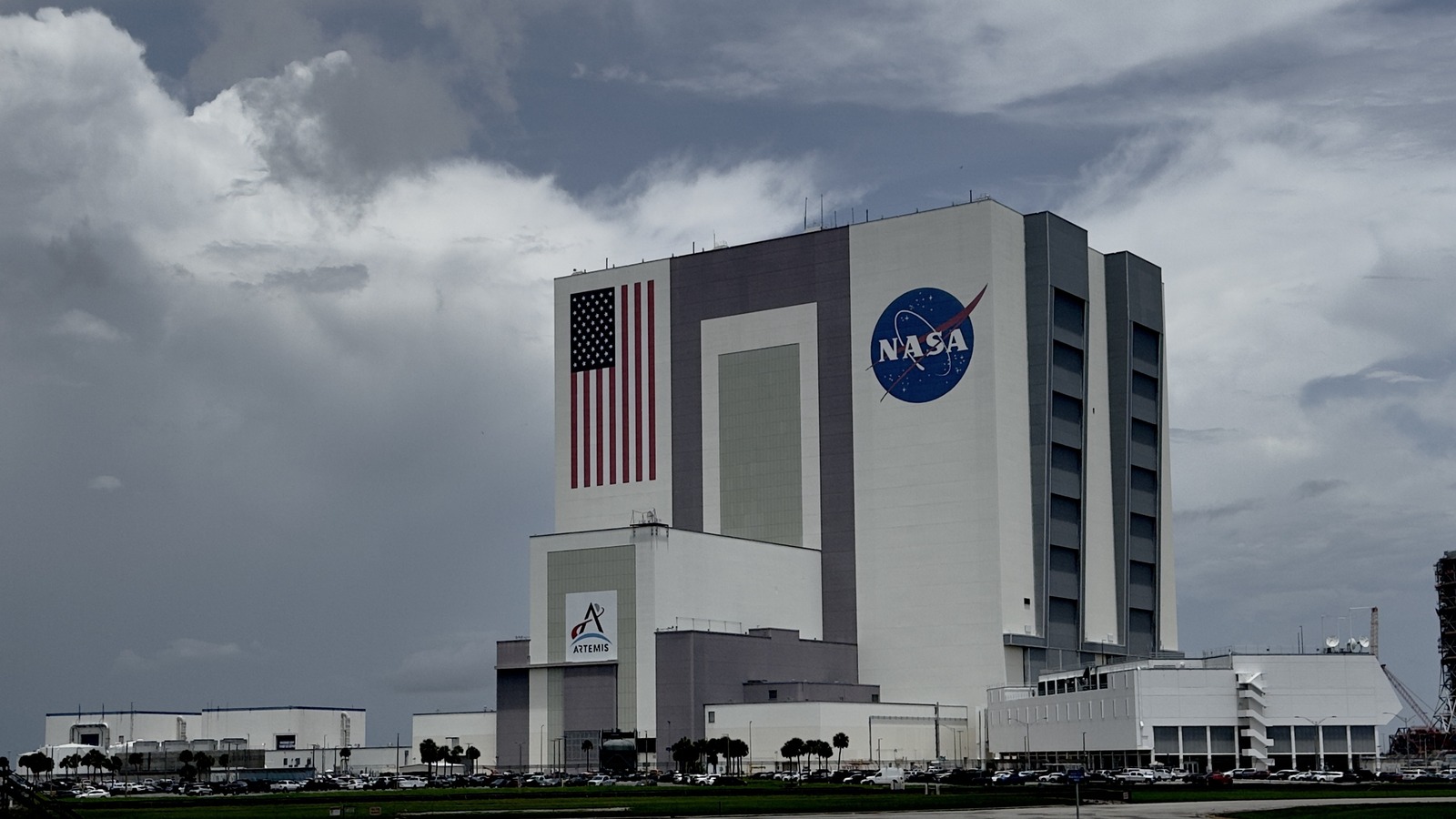The 9 Coolest Mock Space Missions
Training for Space Here on Earth
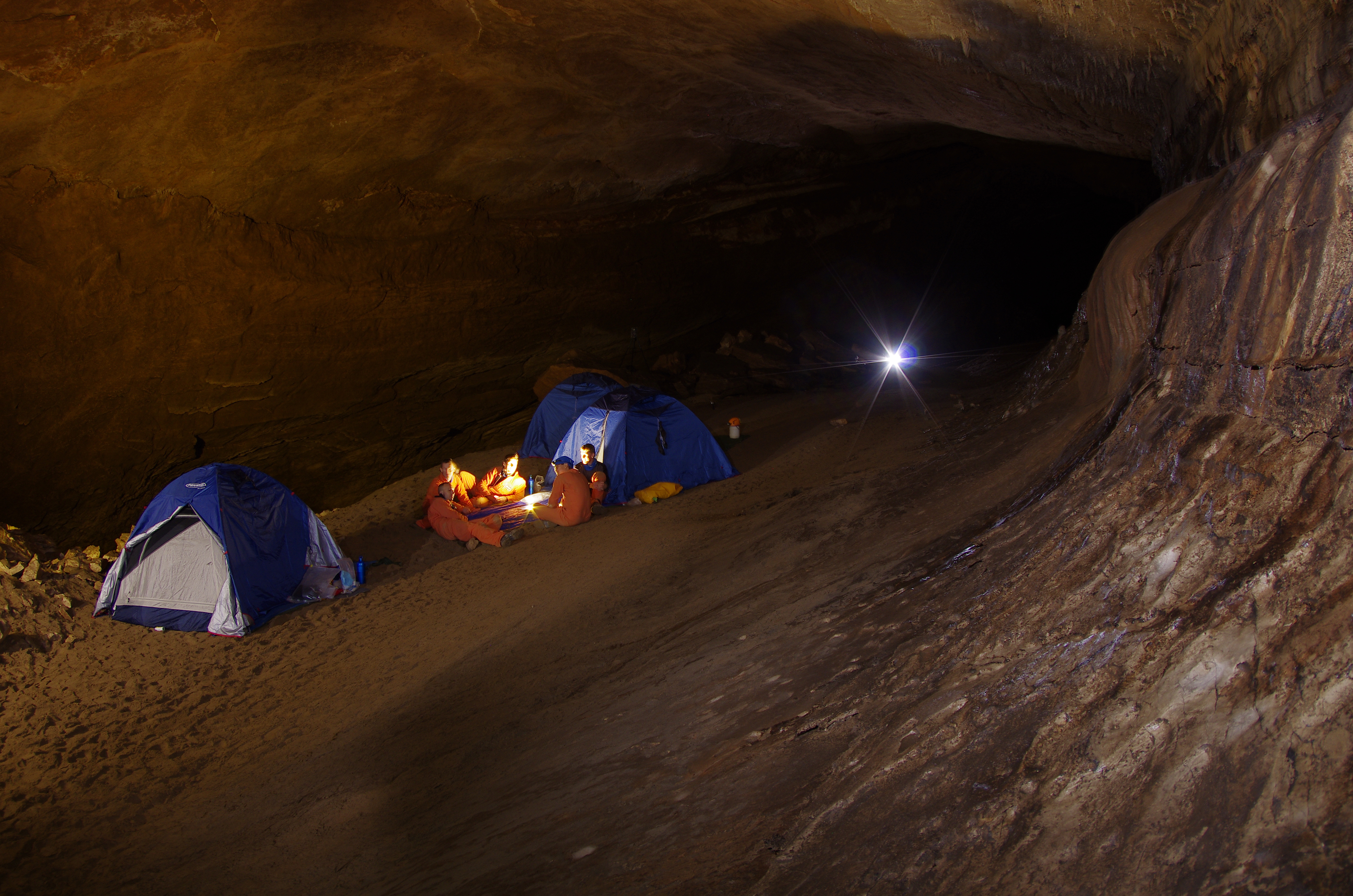
Space agencies and organizations around the world use a variety of different methods and environments here on Earth to train astronauts for the rigors and challenges of real space missions. From living in a cave to "spacewalking" on the ocean floor, here is a look at some of the coolest mock space missions that never left the planet.
Mock Mission to the Red Planet
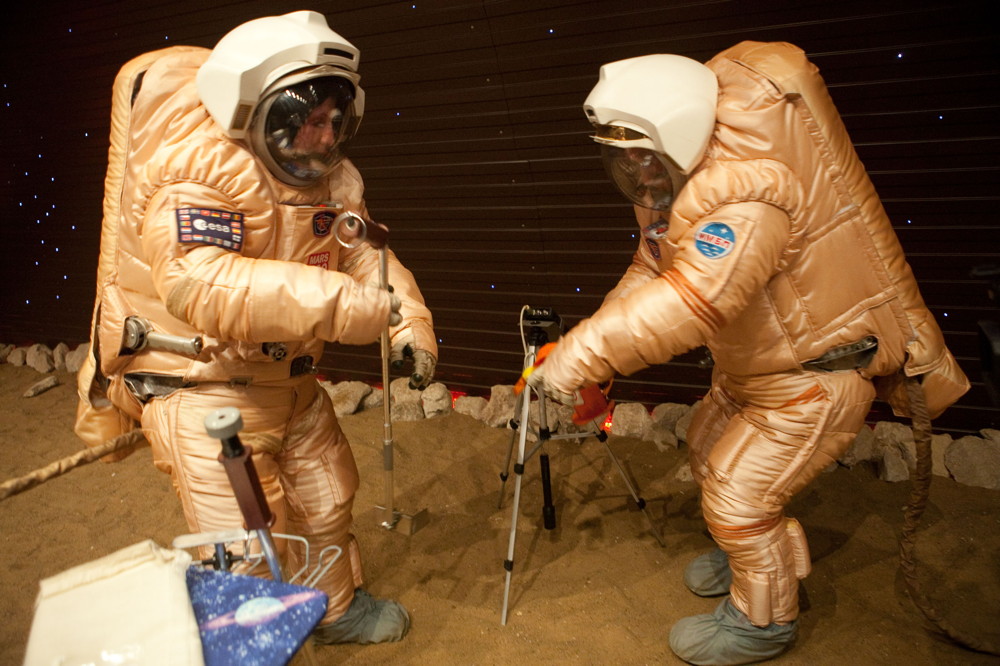
In July 2010, six volunteer astronauts embarked on a mock mission to Mars. The so-called Mars500 project aimed to simulate a complete mission to the Red Planet and back. The participants were sealed in an isolation facility in Moscow for nearly a year and a half to simulate the 520-day journey.
The Mars500 mission came to an end on Nov. 4, 2011. The elaborate experiment, carried out by the European Space Agency (ESA) and Russia's Institute of Biomedical Problems, was the longest spaceflight simulation ever conducted, and reportedly cost $15 million.
A wealth of data was collected throughout the mission, and researchers are keen to better understand the physical and psychological challenges that astronauts will face on long-duration missions to Mars, or other deep-space destinations.
Finding NEEMO
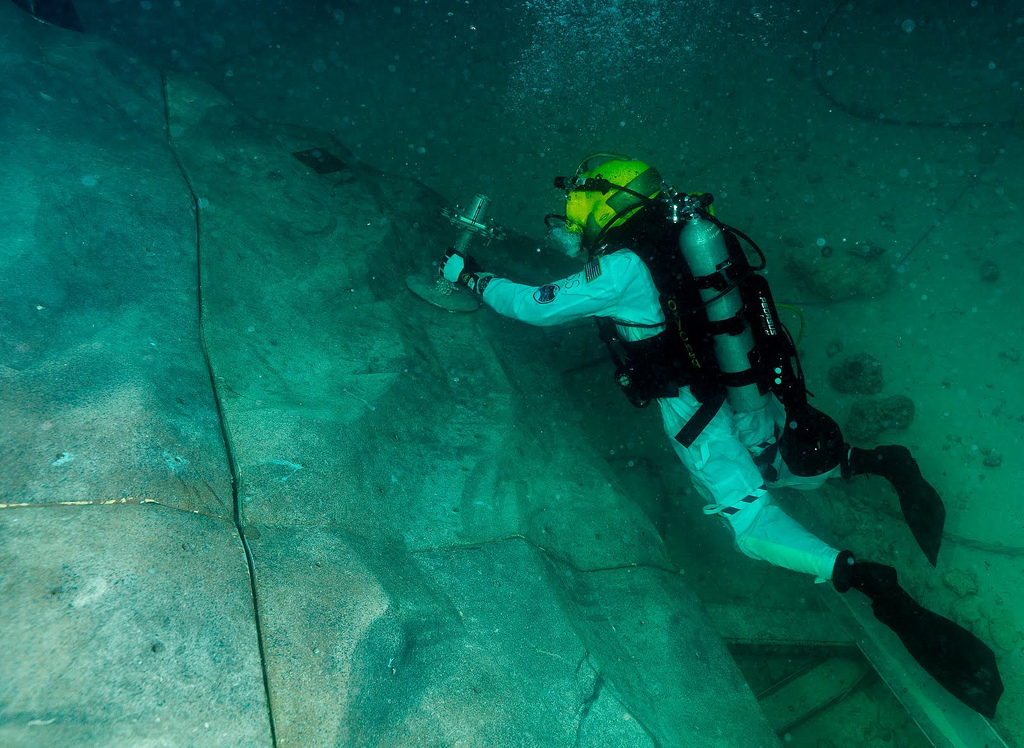
For NASA's Extreme Environment Mission Operations, or NEEMO, a team of astronauts and scientists simulate aspects of real spaceflight while living and working on the ocean floor. NEEMO participants operate out of the Aquarius Underwater Laboratory, which sits 60 feet (18 meters) below the Atlantic Ocean, about 3 1/2 miles off the shore of Key Largo, Fla. By "spacewalking" on the ocean floor, astronauts use the buoyancy to approximate the weightless conditions in space.
One recent expedition, NEEMO 15, was the first to simulate a trip to an asteroid, and aimed to test ways to explore the surface a space rock and perform science experiments on its surface.
The NEEMO 15 aquanauts splashed down on Oct. 20, 2011, for a 13-day mission, but the excursion was cut short six days later because of safety concerns surrounding Hurricane Rina, which at the time, was threatening to make landfall at Mexico's Yucatan peninsula nearby.
RATS in the Desert
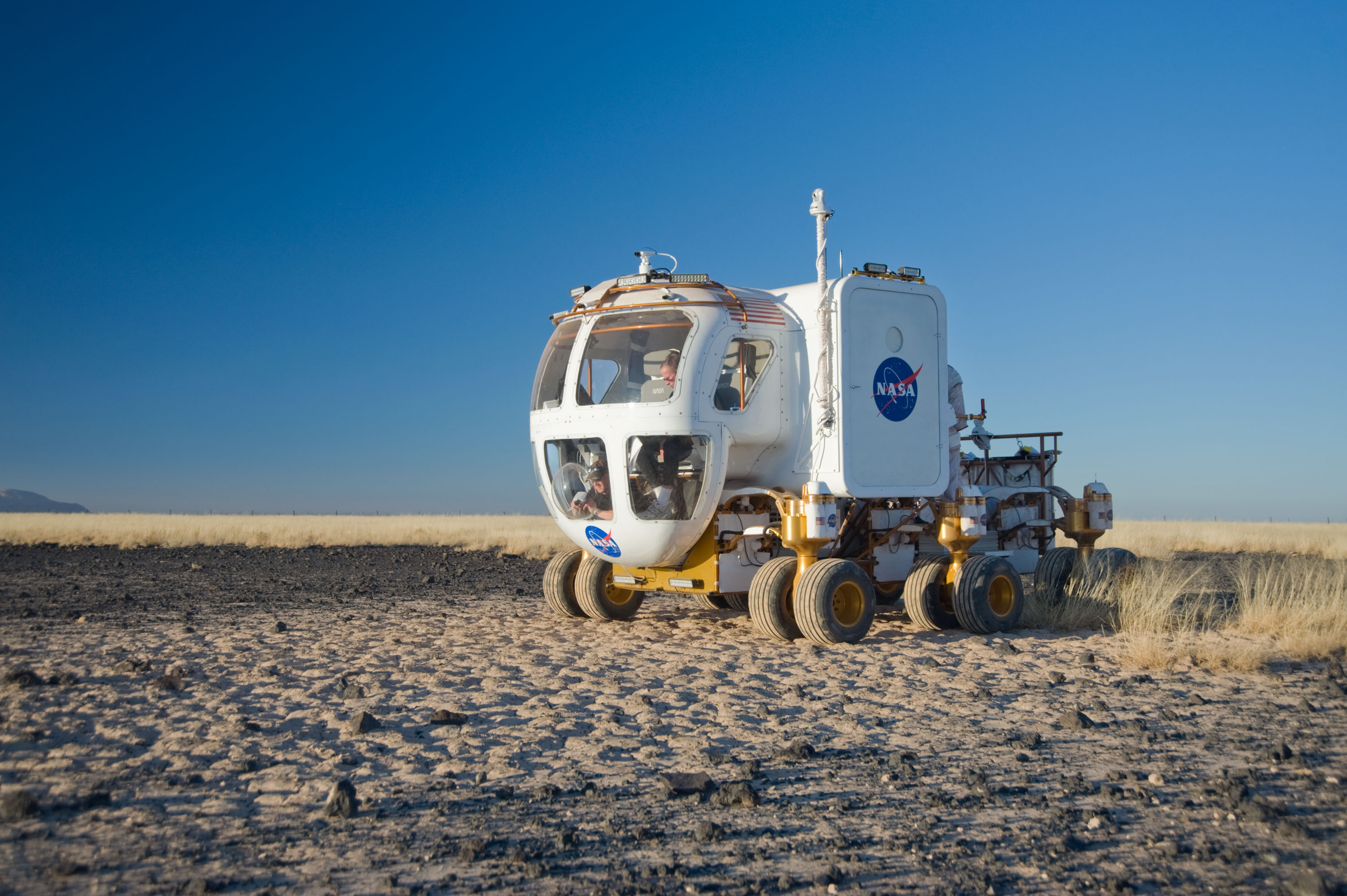
To test cutting-edge technology for future space missions, NASA takes to the desert.
The agency's technology demonstration program, called Research and Technology Studies or Desert RATS, puts futuristic vehicles and devices to the test at Arizona's Black Point Lava Flow desert. The program, which has been held every year since 1998, helps scientists and engineers examine how their systems might perform on the surface of another world, which helps them plan future missions.
In August 2011, the Desert RATS field tests were primarily focused on asteroid exploration, and some of the technology that took center stage included a high-tech space truck for driving on the surface of other bodies, a robotic rover assistant, astronaut habitats and deep space communication systems.
When Astronauts Live in Caves
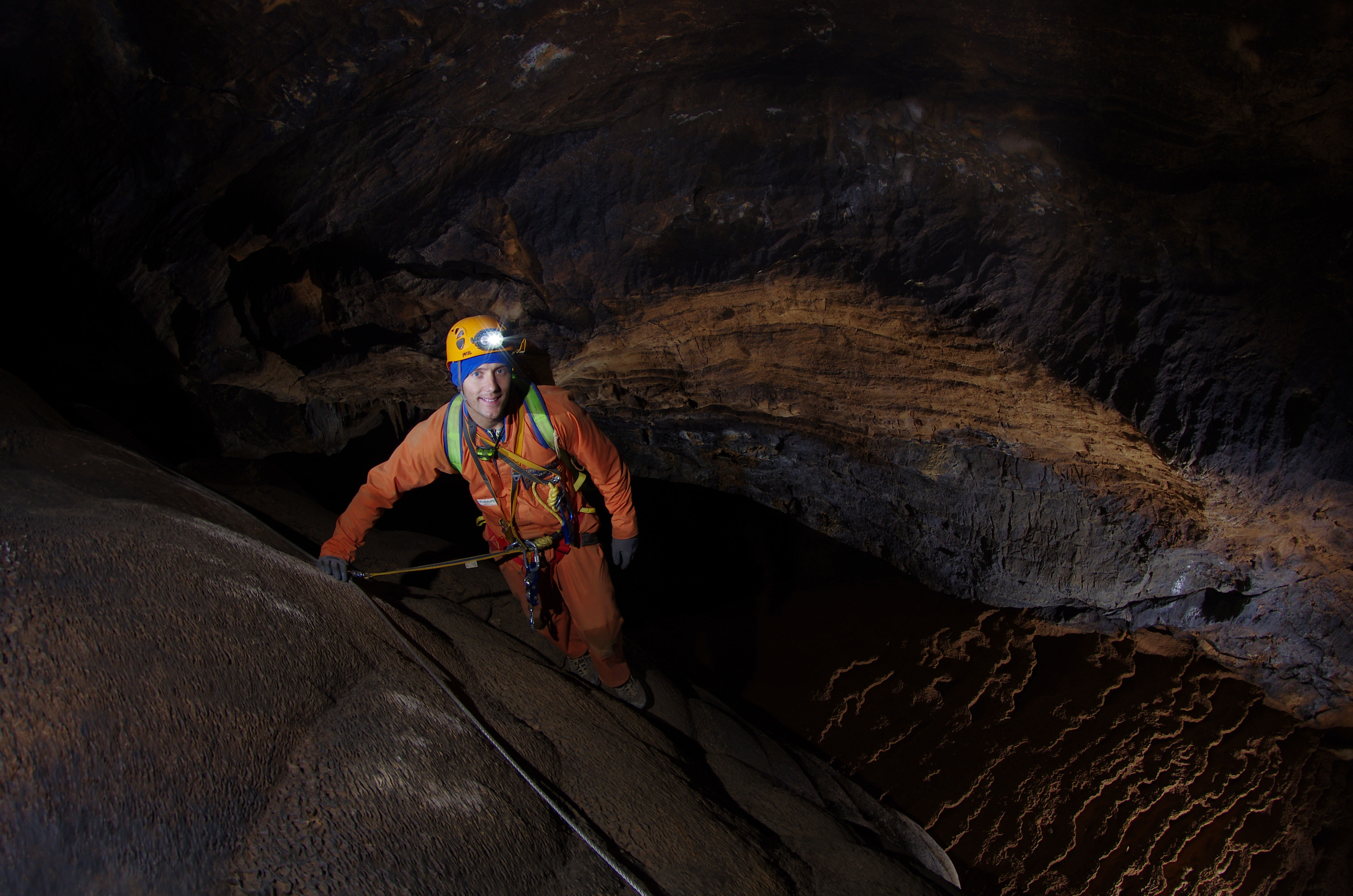
As part of spaceflight training, an international team of five astronauts lived and worked inside an isolated cave for nearly a week in September 2011, to simulate aspects of a real space exploration mission. The training exercise, which was organized by the European Space Agency, placed the spaceflyers deep within a complex cave system on the Italian island of Sardinia in the Mediterranean.
The CAVES 2011 mission was designed to help the astronauts practice skills needed for real spaceflight, including operating in a potentially dangerous environment and working with an international crew.
Throughout the six-day mission, the astronauts also completed a variety of science objectives, including mapping, photography, monitoring air flow, temperature and humidity. Crewmembers also took geological and microbiological samples as part of their exploration objectives.
Brrrr-aving Conditions in Antarctica
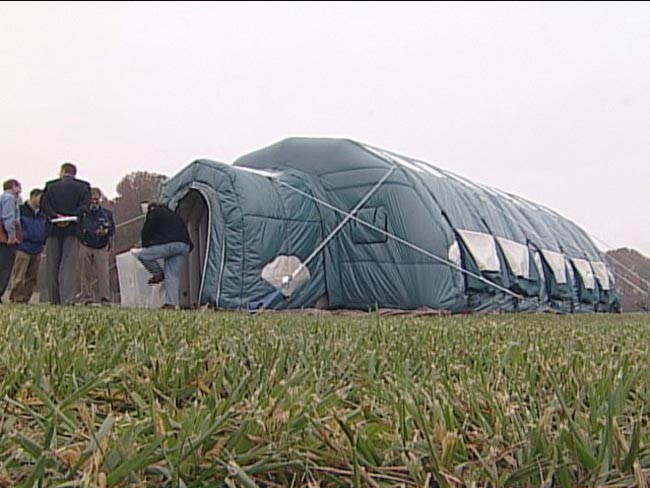
If NASA astronauts one day return to the moon, they will need places to live on longer stays.
In 2008, as part of a NASA-sponsored program to kickstart innovation, a team of engineers from NASA, the National Science Foundation and ILC Dover, an engineering development and manufacturing company based in Federica, Del., developed concepts for inflatable lunar habitat modules. The initiative fell under the agency's now defunct Constellation program, which was aimed at returning astronauts to the moon.
The goal of the habitat project was to design, construct and test a prototype inflatable structure in an extremely harsh environment — Antarctica. The engineers focused on making the habitat lightweight, easy to deploy, and durable in the extreme conditions. In January 2008, the engineers tested prototype modules of the habitats while stationed at the McMurdo Complex in Antarctica.
A Mock Mars in Utah
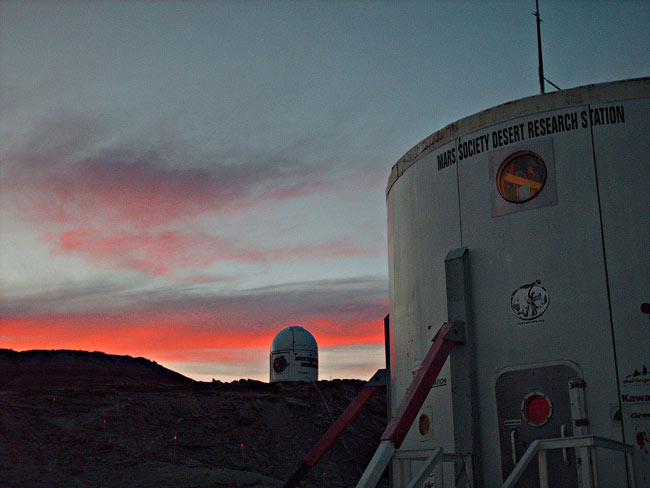
Year after year, scientists and explorers head out into the Utah desert to the Mars Desert Research Station, a mock Martian outpost managed by the Mars Society, to serve as a staging ground for geology and biology field studies.
More than 100 crews have visited the Utah site. The Mars Society also oversees another research station in the Canadian Arctic on Devon Island.
Exploration of a Canadian Lake
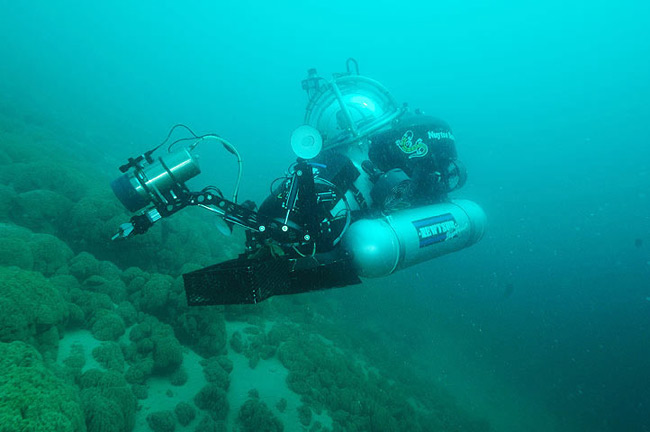
To help pave the way for future exploration, one of NASA's research programs probes the fascinating underwater environment of Kelly Lake in British Columbia, Canada. The Pavilion Lake Research Project aims to test new scientific, operational and technological objectives that will enable NASA scientists to learn what it takes to conduct safe, productive and exploratory science in extreme environments.
In 2011, the Pavilion Lake Research Project team embarked on a 10-day field test using small submarines, called DeepWorker submersible vehicles, to explore, study and document rare freshwater carbonate rock formations that thrive at Kelly Lake. NASA scientists will use these activities as a basis for exploration concepts for future manned missions to an asteroid and Mars.
Canadian Crater Zone
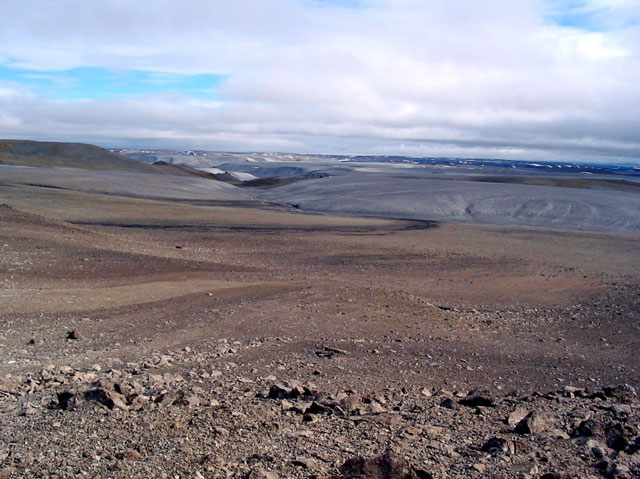
The Haughton impact crater in the Canadian Arctic serves as the home of the Flashline Mars Arctic Research Station, where crews simulate living and working in a model Martian habitat.
The Haughton impact structure is located on Canada's Devon Island in the territory of Nunavut. It is about 103 miles from the Canadian hamlet of Resolute and about 800 miles away from the magnetic North Pole. Temperatures range from minus 22 degrees Fahrenheit (minus 30 Celsius) to 50 F (10 C).
Like Utah's Mars Desert Research Station, the Devon Island site is overseen by the Mars Society.
A Volcanic Test Bed
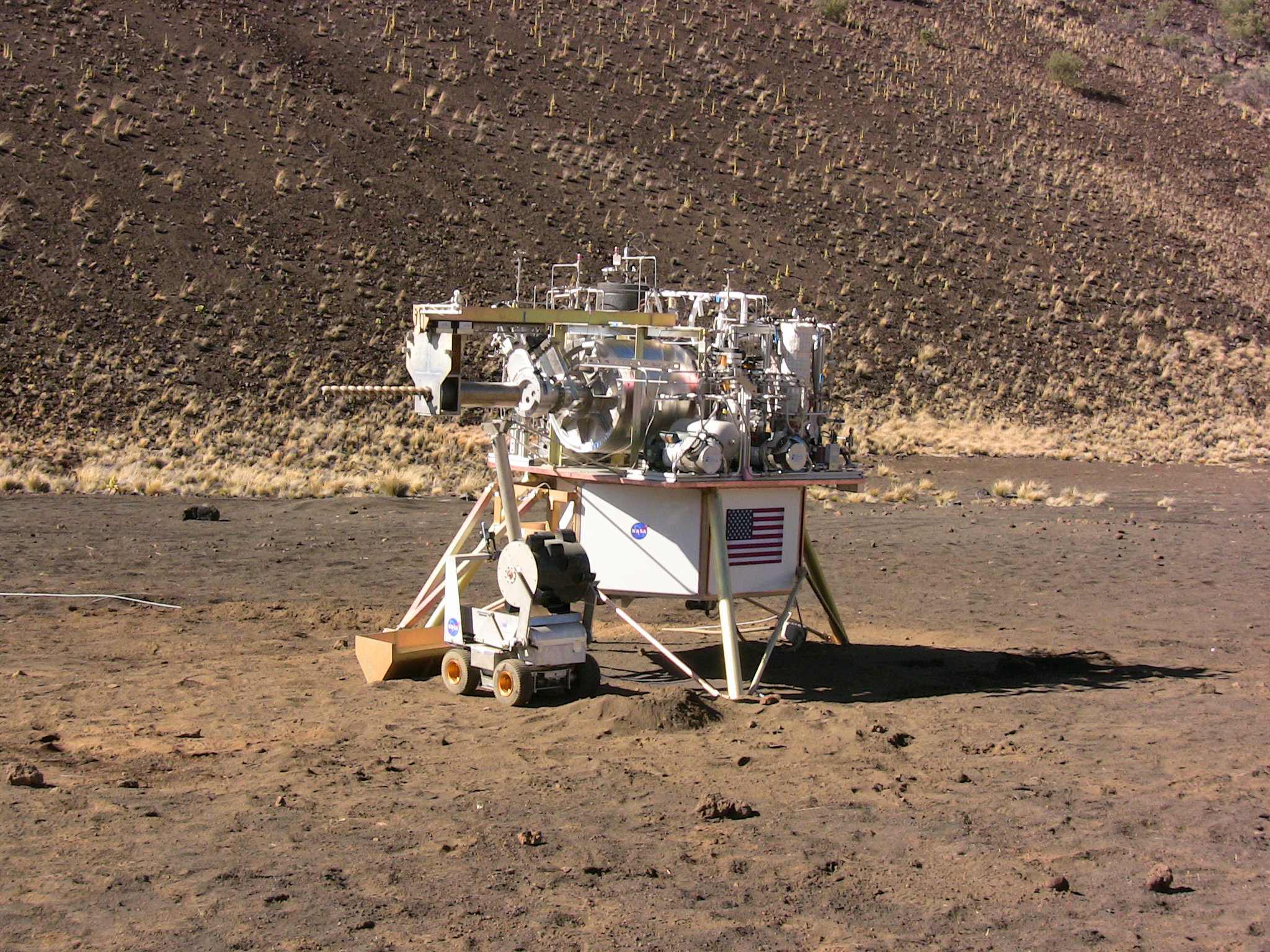
In 2008, NASA conducted two weeks of tests on equipment and lunar rover concepts in Hawaii as part of a program to develop future exploration technology. Scientists took advantage of the island's volcanic terrain, rock distribution and soil materials, which provide high-quality simulations of the moon's polar regions.
In addition to testing rover concepts, the scientist also studied ways that astronauts can use resources found at landing sites to generate oxygen. The In Situ Resource Utilization Project examined ways that astronauts could make their own oxygen from lunar rocks and soil.
These tests were part of NASA's now defunct Constellation program, which was aimed at sending astronauts back to the moon before it was canceled.
Join our Space Forums to keep talking space on the latest missions, night sky and more! And if you have a news tip, correction or comment, let us know at: community@space.com.
Breaking space news, the latest updates on rocket launches, skywatching events and more!

Denise Chow is a former Space.com staff writer who then worked as assistant managing editor at Live Science before moving to NBC News as a science reporter, where she focuses on general science and climate change. She spent two years with Space.com, writing about rocket launches and covering NASA's final three space shuttle missions, before joining the Live Science team in 2013. A Canadian transplant, Denise has a bachelor's degree from the University of Toronto, and a master's degree in journalism from New York University. At NBC News, Denise covers general science and climate change.
